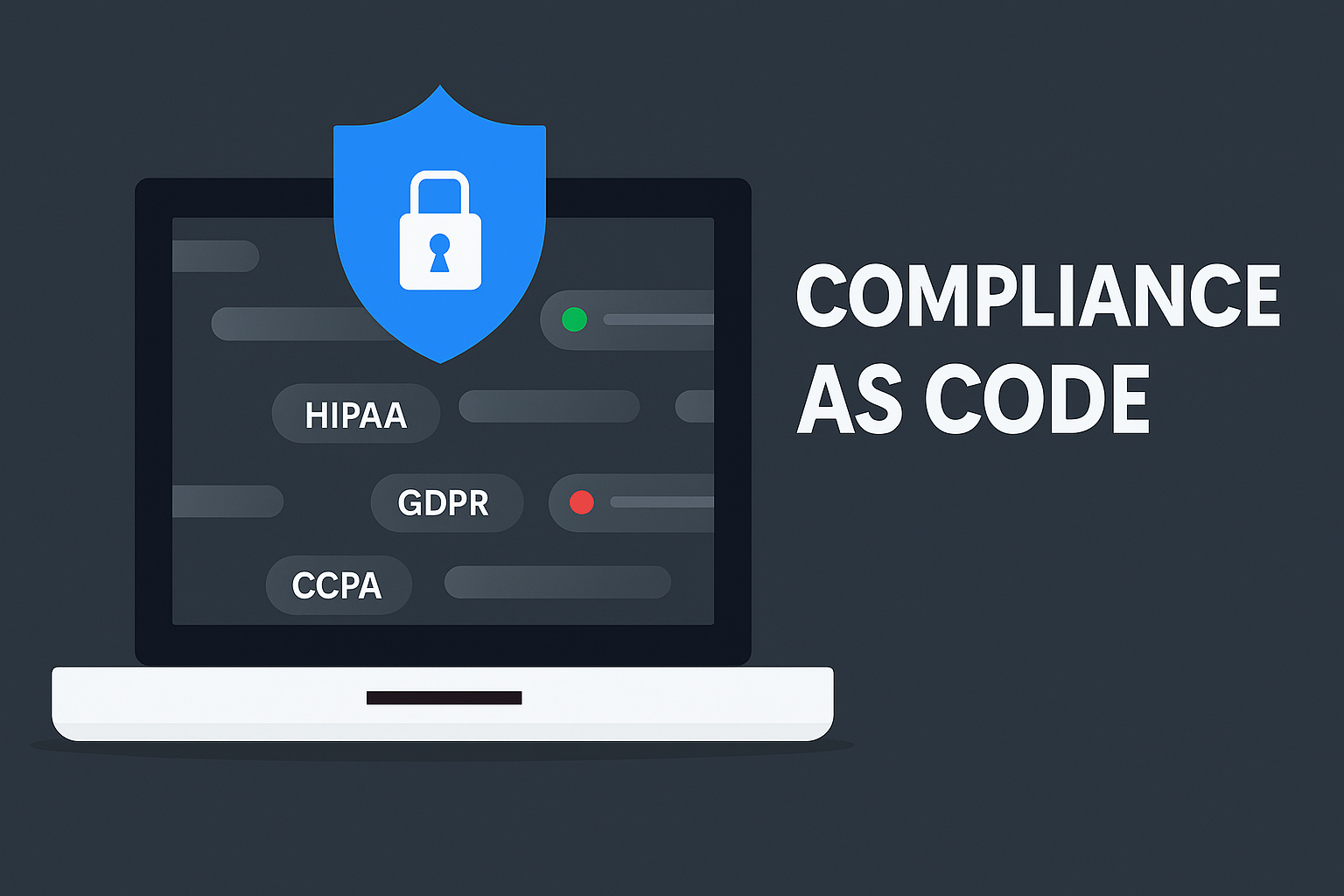Notes, ideas, learnings, and reflections—shared as I navigate building, securing, and scaling in technology.

PCI Scoping in Hybrid Cloud Environments
PCI Scoping in Hybrid Cloud Environments PCI DSS version 4.0 puts fresh attention on scoping through Requirement 12.5.2. You now need a formal scoping exercise at least once a year and after major changes, and you have to be able to explain and defend it. That is hard enough in a simple on premises setup. In a hybrid world with cloud services, shared tools, and legacy systems, it can feel messy and unclear. ...



